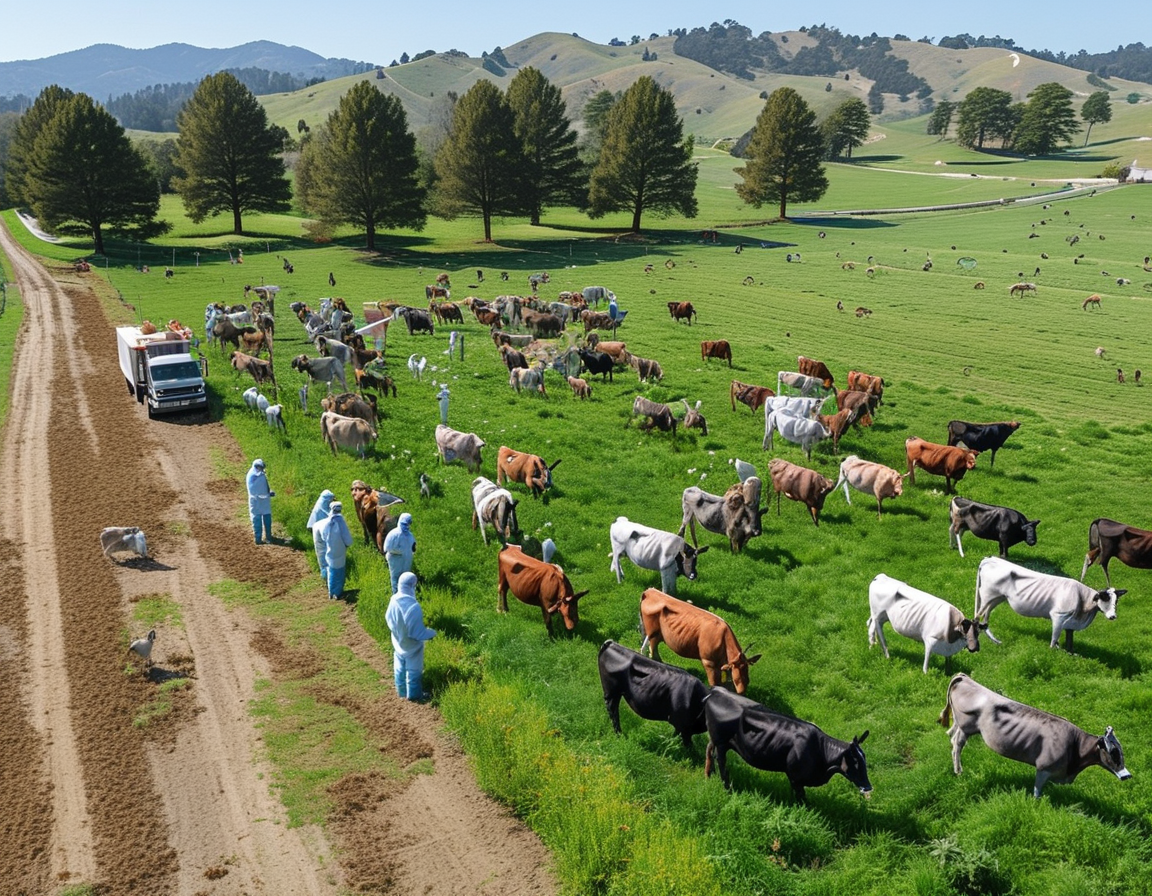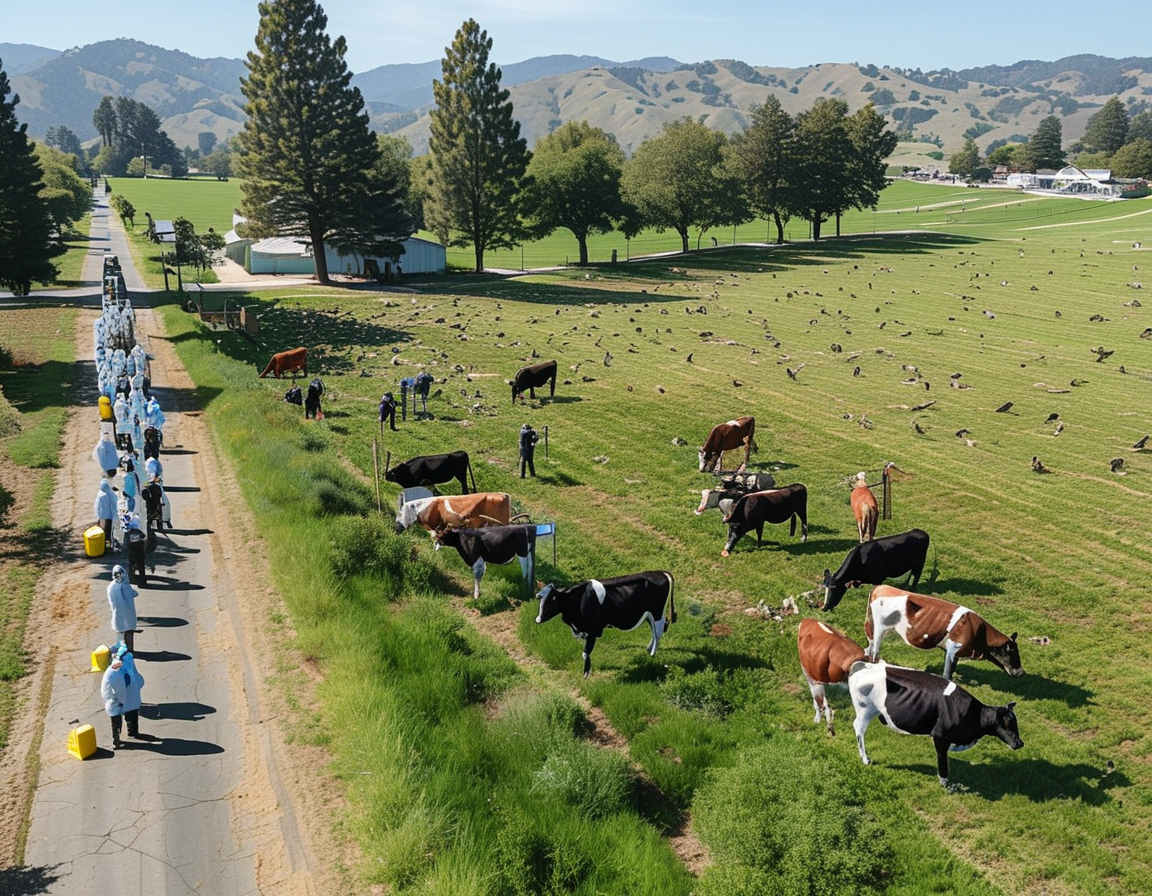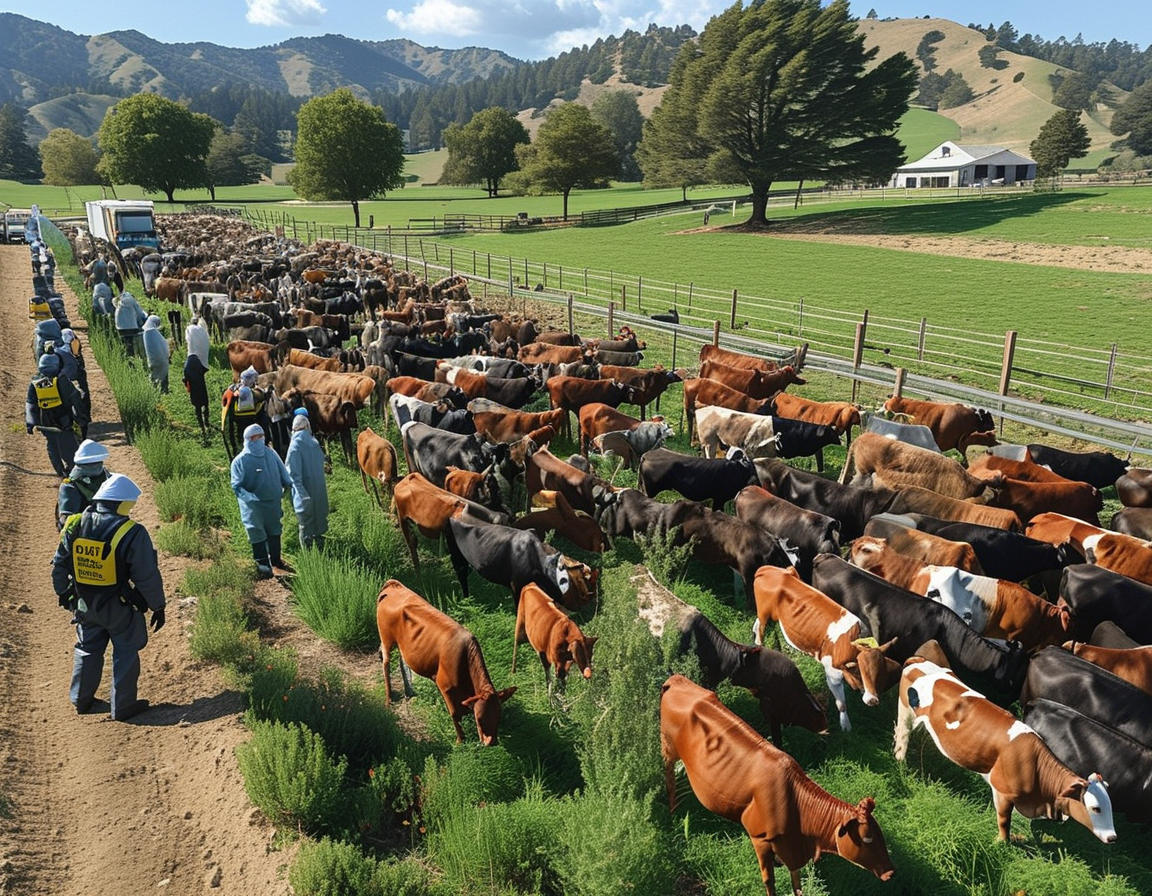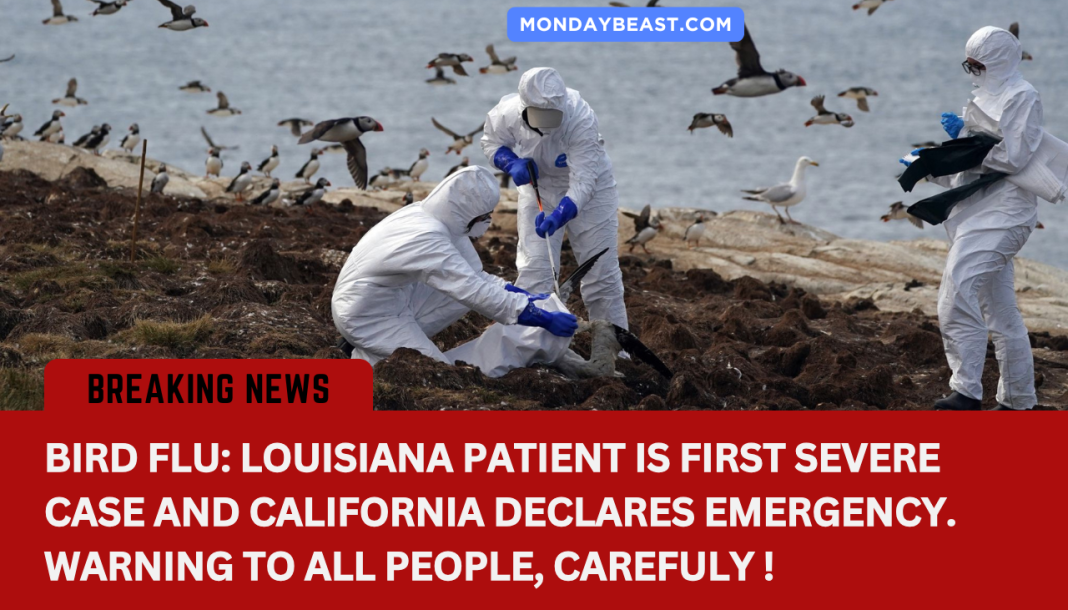The recent news coming out of Louisiana is alarming. A patient is hospitalized in critical condition due to a severe case of bird flu. This marks the first known severe illness linked to the virus in the U.S. The patient, over 65 and with pre-existing health issues, had contact with sick and deceased birds in their backyard. This development raises questions about the implications for public health.

Bird flu, though often associated with poultry, is now showing its potential to infect humans. This situation escalates concerns, especially as it manifests severely for the first time in a U.S. case. The Centers for Disease Control and Prevention (CDC) reported that since March, there have been over 60 human infections across the country. Most cases reported have been mild. Yet, how can we ignore this troubling twist?
In California, Governor Gavin Newsom’s declaration of a state emergency adds another layer to this unfolding crisis. The virus has now reached dairy cattle on Southern California farms, with earlier cases found in the Central Valley. With nearly 650 herds affected across 16 states, this outbreak could have far-reaching consequences for both animal and human health.

Given these circumstances, it’s essential to reflect on the broader implications. Health officials suggest that while the risk to the general public remains low, we must take precautions seriously. Individuals working with birds or livestock should wear protective gear. This leads to a critical question: Are we prepared to face future outbreaks of animal diseases moving into the human realm?
Flu experts warn about the trajectory of the virus’s spread among people. Angela Rasmussen, a virus expert from the University of Saskatchewan, underscores that more cases of severe disease may emerge. This information shapes an urgent call for awareness and preparedness. It’s vital for communities to ask: Are we doing enough to safeguard ourselves and our pets?

The situation has worsened in Los Angeles County. Recently, officials confirmed the deaths of two cats due to bird flu after consuming recalled raw milk. This incident highlights the interconnectedness of food safety and disease transmission. It also begs the question: How often do we consider the ripple effect of such outbreaks?
As the CDC continues to monitor the situation closely, they maintain that documented person-to-person transmission remains unproven. Yet, statements from health officials clarify that we must remain vigilant. It’s a disconcerting reality we live in, where a seemingly isolated case can escalate into a public health concern overnight.
Looking ahead, understanding these dynamics is crucial. Bird flu’s spread showcases the vulnerabilities within our food systems and health infrastructure. As consumers, we often take safety for granted. How much do we really know about the food we eat? Are we prepared to face similar challenges in the future? These questions linger as we navigate this ongoing crisis.
In conclusion, the emergence of severe bird flu cases in the U.S. serves as a stark reminder of the vulnerabilities in our health systems. While the CDC advises that the risk remains low, the declination of a state emergency shows the seriousness of the situation. Amidst this uncertainty, it is a call to action for both individuals and health authorities to remain cautious and prepared. Understanding this virus and its potential risks may be key to preventing another outbreak from crashing into our lives.




